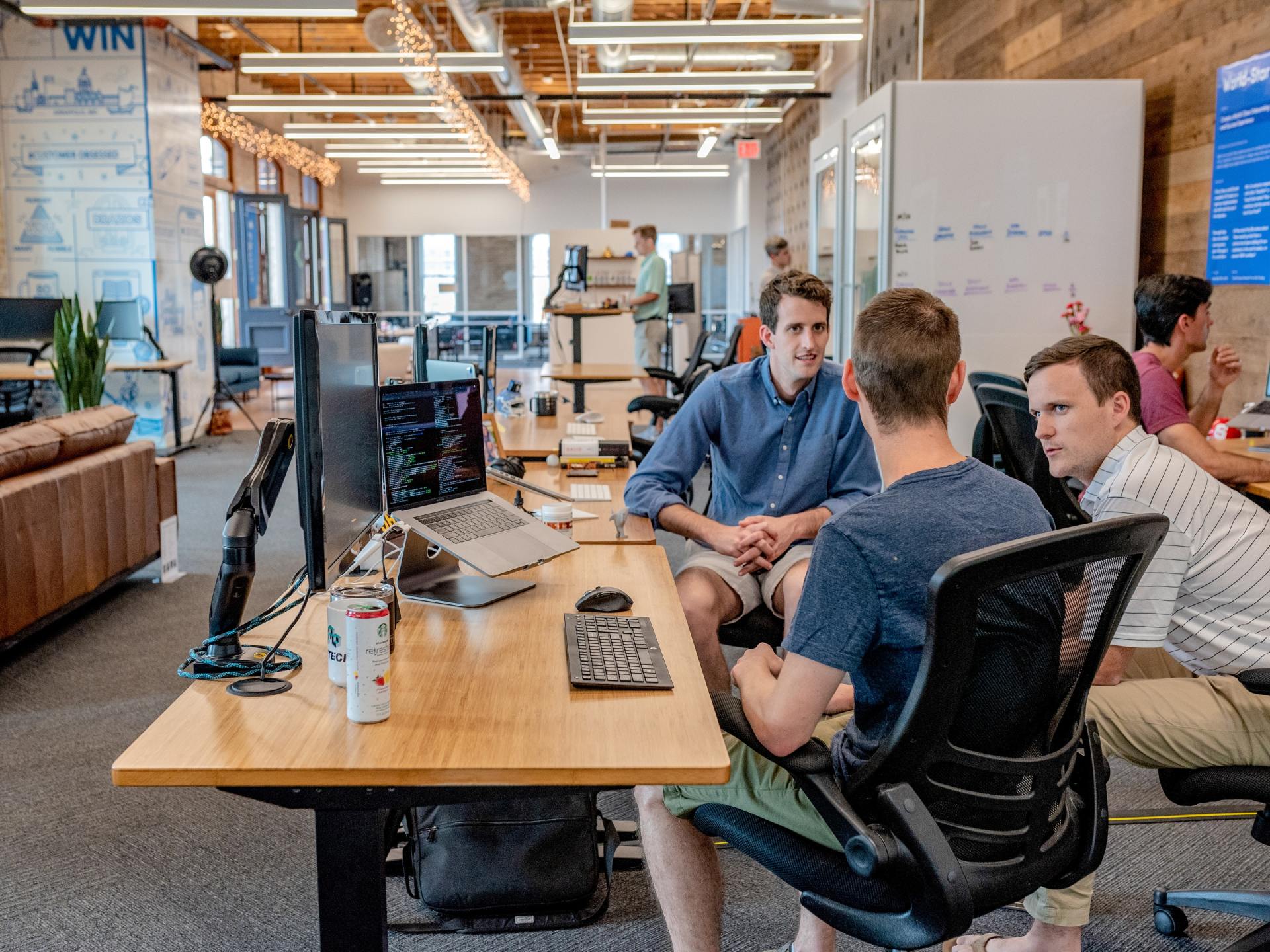Ready ... Steady... Go?
- By Mark Aikman
- •
- 18 May, 2021
- •
How do you set the right speed for your transformation?

Well, we can now all go to the bingo, join a zumba class or go on a rollercoaster. So that’s my back-to-normal sorted.
Variants of Concern aside, we still look to be on course for back to (roughly) normal within a few months. Which means all those suspended transformation programmes are starting to come back to life. The need for the changes they represent will be even greater now, following delays of perhaps 12-18 months or longer. The demand for transformation at warp-speed will be loud.
Steady on, though. It’s quite natural that organisations now want to transform quickly: they’ll see the much-needed business benefits soonest. But obviously, it’s also necessary for the credibility of your transformation that it’s (largely) right, as well. So there’s a balance to be struck between speed and perfection.
So, how do you strike that balance?
Anything is possible
A quick response is always possible. We all proved that last year when the Covid-19 pandemic hit all countries of the world and new processes such as remote working had to be introduced almost overnight. There was no choice. But I’d argue that a quick response is always possible, and that availability of choice has nothing to do with it.
In one of my roles, I was tasked with deployment on what was then the fastest and largest ever separation in the food industry. In 22 months, we set the business up as an independent producer, working on all continents.
Achieving that deadline was due to hard graft and taking one significant decision: to use out-of-the-box solutions, with little to no customisation. We set up the new organisation with new processes, as dictated by the off-the-shelf technology, balanced with a clear focus on customer requirements. So very rapid transformation really can be done.
How to set the Speed Dial
Yes, it can be done – but is it right to do it? I’d suggest there is one consideration that will tell you how quickly you need to go. The customers.
The customers need to be central. Their expectations will give you cues for how quickly you need to transform. How soon do your customers need this change? More to the point, what have your competitors done that has changed your customers’ expectations?
We need accurate information, constantly updated, on what the customers are thinking and how they are behaving. And the transformation activity needs to be buzzing around these views and needs, working very quickly and nimbly if customer needs and expectations change.
High speed. The food-industry Programme described above was entirely in response to customer expectations. They wanted a provider whose systems would jigsaw-puzzle-piece lock onto their own, with no loss of service as the company’s ownership transitioned. It was the only way the new company would keep the old company’s clients.
And because that organisation was going through such a seismic change, the workforce recognised the magnitude of the demerger and therefore expected, and largely accepted, very significant changes to everything they did and how they did it. That kind of speed is an option for when the situation is … drastic.
That’s very tough to do at speed unless everyone the organisation is clear about the external driver of the change – for example, that we’re in a “change or die” scenario. In these circumstances, your degree of change can be enormous (although your sponsorship and communication must still be beyond excellent).
So if that description represents your situation, then yes, put the pedal to the metal. Go for out-of-the-box and a rigid adherence to delivering only the minimum viable product.
But if it’s not about the business's very existence, then...
Variable speed. Not every digital change is responding to something drastic within or around the business, but nonetheless, the customer still needs to be the central point of focus. Common sense.
You’ll need to offer a rapid response to the customers’ ever-changing needs. And needs change all the time: for example, people in Leeds didn’t know they needed digital bus stops to tell them precisely when the next bus would arrive, until Transport for London showed them how handy it could be….
So be prepared to bring forward parts of your Programme that are customer facing whenever the need becomes apparent. So how has the pandemic with its business interruptions and effect on customer behaviour changed the needs and wants of your buyers? What does that do to your list of priorities? Can you really still run your transformation in the same order as you had planned it at Christmas 2019?
Steady speed. In less extreme circumstances, I’d advise that technology change – especially when affecting people and processes - has one essential sister-principle: you must win hearts and minds. If your customers are not urgently demanding change, you can take a little bit more time to bring the organisation along on the journey – always assuming the CFO will let you spend money with no sign of an immediate ROI…
And guess what? This couldn’t be a better moment. People within your organisation have been through so much upheaval in the last year or so that they’re actually more open-to-change than they’ve ever been. Yes, you’ll have a few who crave the comfort-blanket of the old-normal, but in fact, most people have proudly proved how they can adapt to change. They recognise there have been some great ideas to come out of our enforced circumstances – from sign-in QR codes to table-service for pints – and with that positive mindset, they may well be more accepting of doing things differently.
But it might be only a small window of opportunity, so make the most of it. Even if you’re planning on taking it slow, it really is now time to go, go, go!
This is based on an extract from Mark Aikman’s book Uncommon Sense: Alternative Thinking on Digital Transformation
Amazon location: https://www.amazon.co.uk/Uncommon-Sense-Alternative-Thinking-Transformation-ebook/dp/B08KSG513Q
Apple location: https://books.apple.com/gb/book/uncommon-sense/id1536877985

https://www.future-processing.com/blog/selecting-a-supplier-natural-selection/








